Mesothelioma has been labeled as a ticking time bomb. With the latency period taking anywhere from 35 to 50 years, it’s expected that the number of mesothelioma cases will continue to rise.
However, people are naturally worried about further risks posed by asbestos, which is the primary cause of the disease.
What is the government doing to ensure a reduction in asbestos exposure?
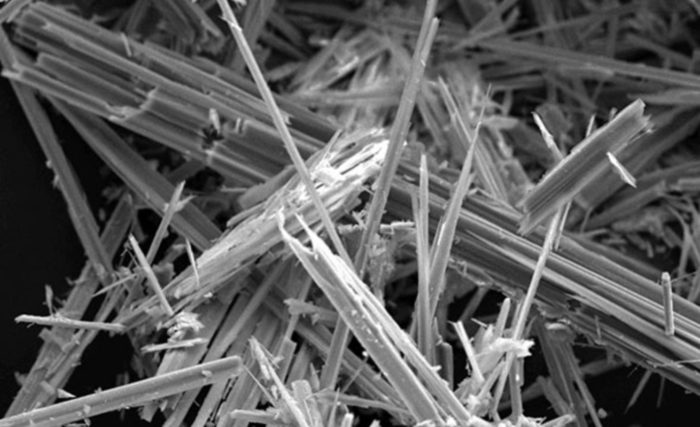
What is asbestos?
It is a composite material that consists of Portland cement and is reinforced with asbestos fibers. It became viral for several years before being banned in the United States in the 1970s. InterNACHI certified inspectors search for this form of the exterior coating. Both inspectors and owners can benefit from knowing more about the risks caused by asbestos are applied to asbestos-cement siding, as well as some common problems and issues associated with damage and deterioration of the material.
The history of asbestos
Asbestos-cement first came into use as an exterior coating after 1907, when an Austrian engineer, Ludwig Hatschek, found a way to form the material in layers, allowing it to be manufactured as a coating and slats. By the 1920s, the NBFU (national board of fire insurers) recommended that asbestos-cement replace wood as the lining material and for roofing for its superior fire resistance properties.
During the late 1960s and early 1970s, the media began reporting on the health risks associated with asbestos. With the rise in reports, concerns grew, and therefore the federal government took action, and, in 1973, the EPA banned the use of asbestos in the manufacture of construction products.
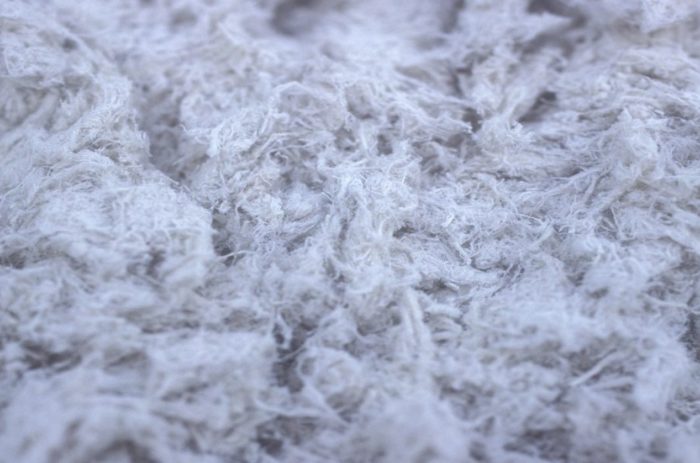
The health risks associated with asbestos-cement
Asbestos fibers are proved to be hazardous if inhaled. Asbestos dust can cause asbestosis, lung cancer. Another fatal form of cancer, Mesothelioma, that attacks internal organs can also be caused by exposure to asbestos. However, the asbestos-cement coating that has been installed correctly and is not in a state of decomposition does not present any health risk as long as it remains uninterrupted. That is because the cement sticks with asbestos fibers and prevents their release into the air.
Crushed asbestos in a powdered form can allow its particles to enter the air and be inhaled, causing potential health problems. Asbestos-cement products that are not in a fragile state are not considered dangerous. The only possible danger is when the cement is damaged in a way that causes asbestos to pass into the air.
If the mechanical activities carried out in the coating, such as splintering, sawing, spraying or polishing, allowing the particles to enter the air, then the cement is considered to be in a fragile state and, consequently, to be dangerous.

Maintenance
Damage and deterioration can cause structural and health issues. Therefore the support of asbestos-cement materials for construction is the primary concern. It is essential to keep the siding clean and perform any small arrangement as soon as possible when necessary.
The asbestos-cement coating is quite brittle and has little resistance to cracks, flakes, and damage caused by impact, which can cause asbestos particles to enter the air. Damage to the coating can also result in other injuries related to moisture intrusion. Damaged areas cannot be fixed, but they can be replaced with cement without asbestos fibers by a professional. Cement materials with unique texture have been manufactured for arrangements that are intended to mimic the appearance of asbestos-cement siding.
Landscaping features, such as a row of bushes, can be incorporated around the house to help protect the lining against damage caused by the impact.
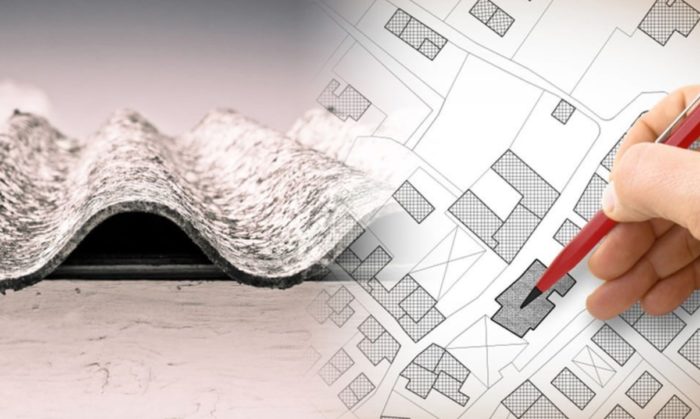
Is Asbestos a Banned Substance?
It may be surprising that, despite asbestos being the leading mesothelioma cause, the Environmental Protection Agency (EPA) hasn’t taken steps to designate asbestos as a banned substance.
That means various organizations are free to continue to use asbestos today. The military, too, commonly used it.
Are the Individual States Acting Against Asbestos?
Despite the fact the Federal government hasn’t outlawed asbestos, individual states have made moves to tackle asbestos use.
For example, Washington State outlawed the use of asbestos in vehicle brakes in 2010, which came into force in 2014.
Furthermore, newer buildings no longer utilize asbestos. As well as asbestos making a property much more difficult to sell, there are lots of regulations involving the usage and control of asbestos.
The additional costs involved in handling asbestos according to the law means you won’t find asbestos in modern, new buildings.
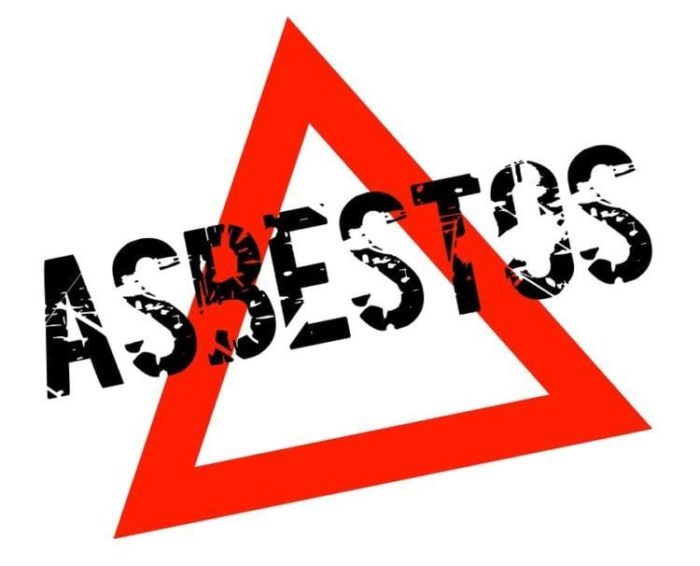
Some tips for inspection
Here are some common problems associated with asbestos cement siding that inspectors may encounter:
Splinters and cracks can often occur with this brittle material.
The closures used to hold the liner in place can deteriorate at a faster rate than the coating.
Discoloration and staining may occur due to corrosion or the residue of adjacent material. The change of color may be standard, but it may also indicate a chemical reaction that has decreased the durability of the material.
Like many other cement products, efflorescence can appear in the asbestos-cement coating. This growth may indicate that water is passing through the material and promoting cement deterioration.
Because it was such a popular coating material for many years, inspectors can often find asbestos-cement siding when inspecting the exteriors. It is useful to know some health risks associated with this material, especially when answering clients’ questions about asbestos. However, any specific doubt should be passed to an appropriate professional health worker. Homeowners will want to hire an InterNACHI inspector for a periodic inspection of this type of siding as a part of the annual or regular maintenance of their home.
What about Asbestos in Old Buildings?
Asbestos was used in older residential and commercial buildings. What you need to know about Mesothelioma is that although asbestos is the primary cause, it’s only a problem when it’s disturbed. The stable asbestos board is no threat. When asbestos is disturbed, particularly during renovations or demolitions, that’s when anyone in the vicinity could ingest the fibers and contract mesothelioma decades later.
Governments are doing their best to tackle this problem. Professional asbestos removal services are now big business as people become more aware of the problem.
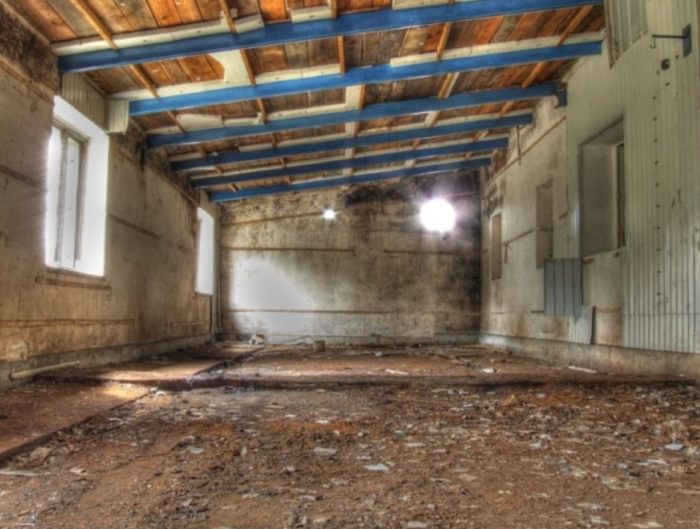
What is the Future for Asbestos and Mesothelioma?
Mesothelioma is an extremely aggressive form of cancer. Despite its long latency period, once people are diagnosed, they usually have only a few months left to live.
For this reason, the role of asbestos is being taken extremely seriously across the US. However, it should be mentioned that they haven’t been taken off the market. It’s still present, and great care must be taken when carrying out construction work.
As new materials are discovered, though, and as the public demands more action against asbestos, the incidence of Mesothelioma will gradually decrease with time.
To find out more about Mesothelioma, you should visit www.survivingmesothelioma.com.

Last Word – What Should You Do if You Encounter Asbestos?
If you live in an older home and you suspect that asbestos may be present, it’s vital to call in a professional. They will be able to find the asbestos and ensure that it’s removed safely and following the law.
It’s crucial to never take a risk with asbestos, as the consequences could be catastrophic for you later in life.
Have you encountered asbestos in your home?









